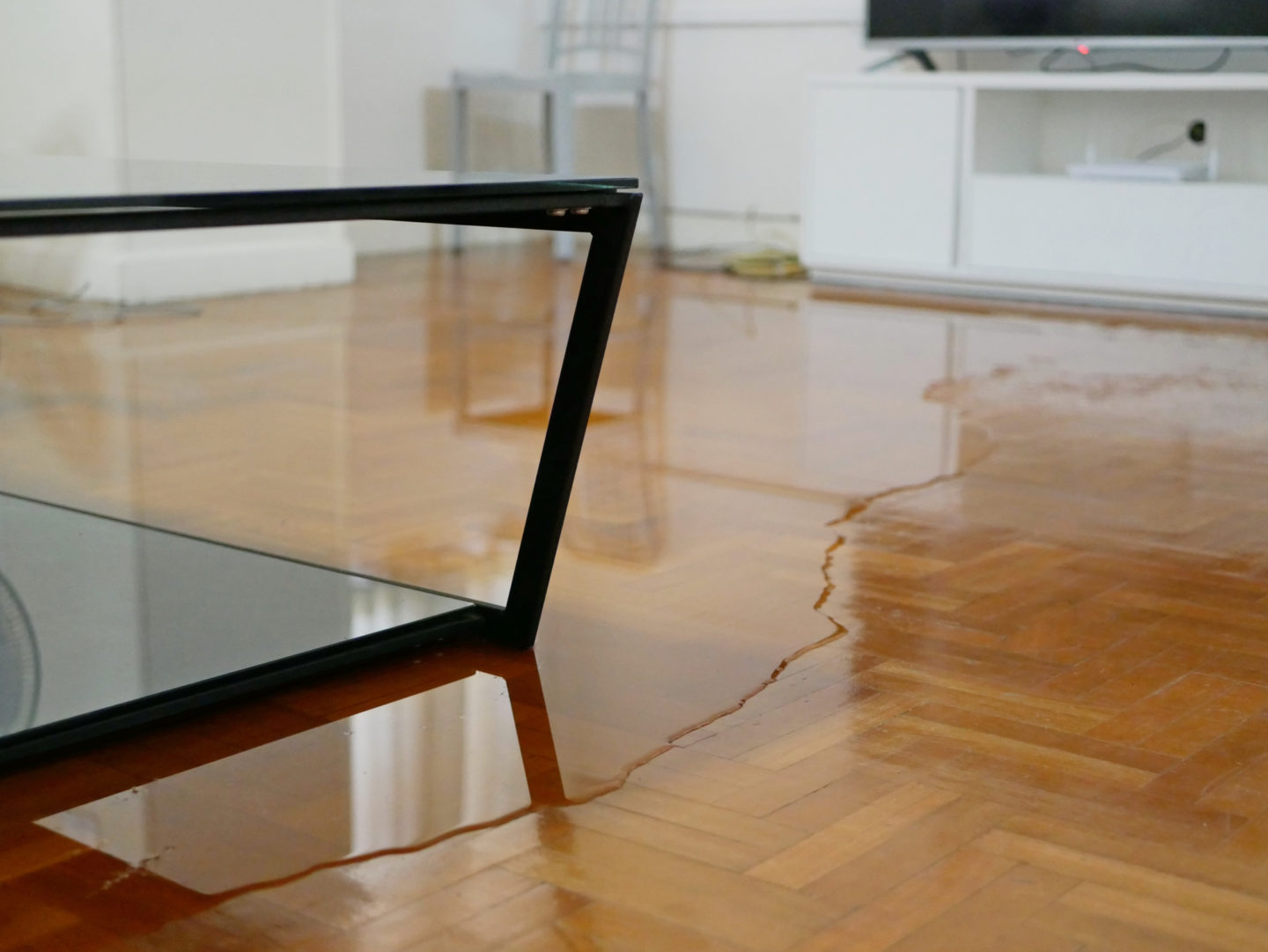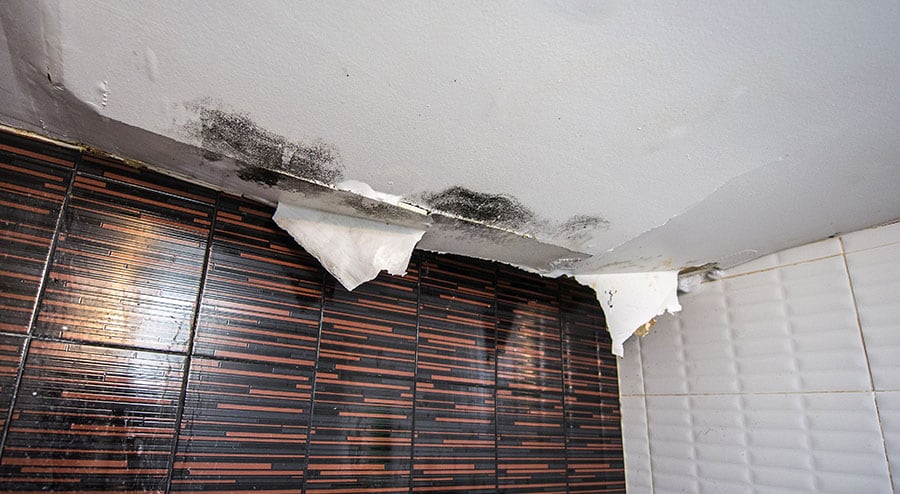On this page below you can find a lot of quality material pertaining to Preventing Fires and Water Damage In Your Home.

Water gives life, water invasion on components where it's not expected to be can result in damages. Residences with water damage scent old and mildewy.
Water can originate from many sources such as hurricanes, floods, burst pipelines, leakages, and sewer issues. In case you experience water damages, it would certainly be great to recognize some safety preventative measures. Below are a few guidelines on exactly how to manage water damage.
Do Prioritize Home Insurance Coverage Insurance Coverage
Water damages from flooding as a result of hefty winds is seasonal. You can also experience an unexpected flood when a defective pipe all of a sudden ruptures into your home. It would be best to have residence insurance that covers both acts of God such as natural tragedies, and also emergencies like damaged plumbing.
Do Not Fail To Remember to Turn Off Utilities
In the event of a catastrophe, particularly if you stay in a flood-prone location, it would certainly be suggested to switch off the main electrical circuit. This cuts off power to your whole house, preventing electrical shocks when water can be found in as it is a conductor. Moreover, don't forget to switch off the primary water line shutoff. Furnishings will certainly relocate about and cause damages when floodwaters are high. Having the major valve shut down protects against additional damages.
Do Remain Proactive as well as Heed Weather Signals
Tornado floods can be extremely unforeseeable. If there is a history of flooding in your neighborhood, stay aggressive as well as prepared. If you live near a river, lake, or creek , pay attention to discharge warnings. Take out belongings from the very beginning and basement, after that put them on the highest feasible level. Doing so lowers prospective residential property damage.
Don't Ignore the Roofing System
You can stay clear of rain damage if there are no openings and also leakages in your roofing system. This will certainly avoid water from flowing down your wall surfaces and saturating your ceiling.
Do Take Note Of Tiny Leakages
A ruptured pipeline doesn't happen overnight. Usually, there are red flags that indicate you have actually damaged pipelines in your house. For example, you might observe bubbling paint, peeling wallpaper, water touches, water discolorations, or trickling noises behind the walls. At some point, this pipeline will burst. Ideally, you need to not wait for things to escalate. Have your plumbing fixed prior to it results in massive damages.
Don't Panic in Case of a Ruptured Pipe
Maintaining your presence of mind is vital in a time of dilemma. Stressing will just compound the trouble since it will certainly stifle you from acting fast. Timing is vital when it comes to water damage. The longer you wait, the more damages you can anticipate. Hence, if a pipe bursts in your house, right away shut down your primary water shutoff to remove the source. Disconnect all electric outlets in the location or turn off the circuit breaker for that component of the home. Lastly, call a reputable water damages restoration specialist for aid.
Water gives life, water invasion on parts where it's not meant to be can result in damage. Homes with water damages scent mildewy and also old.
Water damage from flood charges to hefty winds is seasonal. You may discover gurgling paint, peeling wallpaper, water touches, water discolorations, or dripping noises behind the walls. When it comes to water damages, timing is crucial.
Some Do's & Don't When Dealing with a Water Damage
DO:
Make sure the water source has been eliminated. Contact a plumber if needed. Turn off circuit breakers supplying electricity to wet areas and unplug any electronics that are on wet carpet or surfaces Remove small furniture items Remove as much excess water as possible by mopping or blotting; Use WHITE towels to blot wet carpeting Wipe water from wooden furniture after removing anything on it Remove and prop up wet upholstery cushions for even drying (check for any bleeding) Pin up curtains or furniture skirts if needed Place aluminum foil, saucers or wood blocks between furniture legs and wet carpet Turn on air conditioning for maximum drying in winter and open windows in the summer Open any drawers and cabinets affected for complete drying but do not force them open Remove any valuable art objects or paintings to a safe, dry place Open any suitcases or luggage that may have been affected to dry, preferably in sunlight Hang any fur or leather goods to dry at room temperature Punch small holes in sagging ceilings to relieve trapped water (don't forget to place pans beneath!); however, if the ceiling is sagging extremely low, stay out of the room and we'll take care of it DO NOT:
Leave wet fabrics in place; dry them as soon as possible Leave books, magazines or any other colored items on wet carpets or floor Use your household vacuum to remove water Use TV's or other electronics/appliances while standing on wet carpets or floors; especially not on wet concrete floors Turn on ceiling fixtures if the ceiling is wet Turn your heat up, unless instructed otherwise

We are very fascinated with Preventing Fires and Water Damage In Your Home and I really hope you enjoyed the piece. Remember to set aside a second to share this article if you enjoyed reading it. Many thanks for going through it.